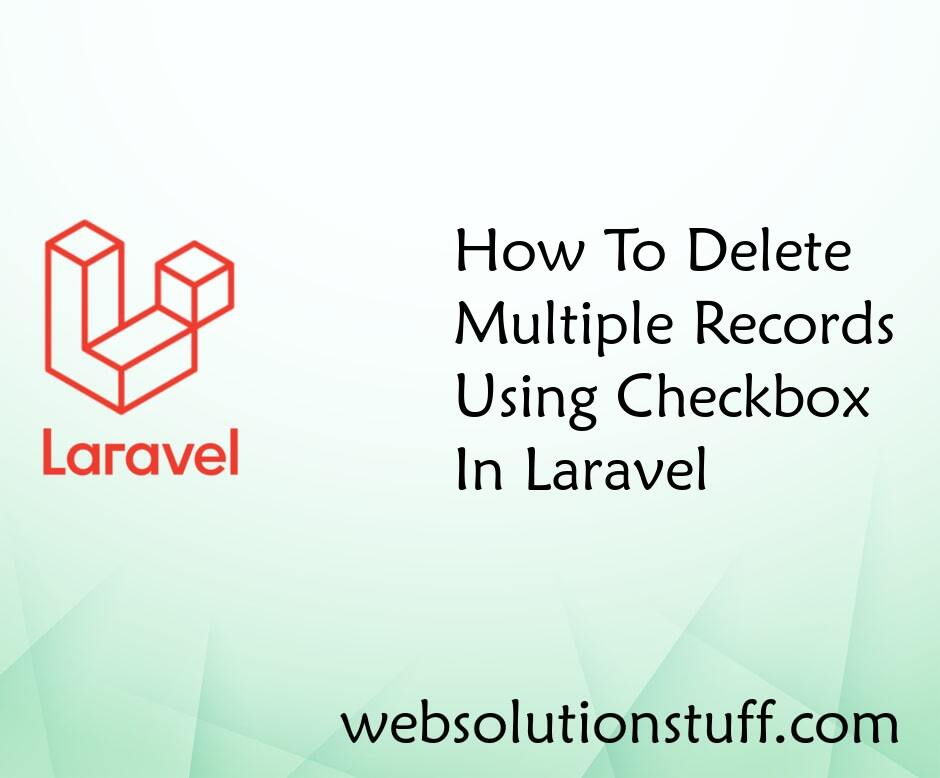PHP - file_get_contents() SSL Connection Reset by Peer
Websolutionstuff | Mar-01-2024 | Categories : PHP
Hey there! So, you're working with PHP and trying to fetch content from an HTTPS URL using the file_get_contents() function, but you keep running into SSL verification issues. Don't worry, you're not alone! Many developers face similar challenges when dealing with SSL certificates and secure connections.
In this guide, I'll walk you through a common workaround for dealing with SSL verification problems in PHP.
We'll use a handy feature called stream context to temporarily disable SSL peer verification. While this can be a helpful solution for testing or debugging purposes, it's essential to proceed with caution and understand the security implications.
So, let's see PHP file_get_contents() SSL Connection Reset by Peer, php connection reset by peer, SSL connection was closed by a peer, PHP File_get_contents error in connection, how to resolve SSL error in PHP.
By the end of this guide, you'll have a better understanding of how to handle SSL verification errors in PHP using stream_context_create(), allowing you to fetch content from HTTPS URLs without encountering SSL-related headaches.
So, let's dive in and explore how to tackle SSL verification issues in PHP together!
<?php
$context = stream_context_create([
'ssl' => [
'verify_peer' => false,
'verify_peer_name' => false,
],
]);
$content = file_get_contents('https://example.com', false, $context);
Here's a brief explanation of what each part of the code does:
-
stream_context_create(): This function creates a stream context, which allows you to specify various parameters for the stream, including SSL options. In this case, the SSL options are set to disable peer verification. -
verify_peerandverify_peer_name: These options within the SSL context specify whether to verify the SSL certificate's peer and peer name, respectively. By setting them tofalse, you're instructing PHP not to verify the SSL certificate of the remote server. -
file_get_contents(): This function is used to read the content of a file or URL into a string. In this case, it's fetching the content of the URL'https://example.com'. The third parameter is the context created earlier, which includes the SSL options that disable peer verification.
While disabling SSL peer verification can sometimes be necessary, it's generally not recommended for production environments due to security risks. Instead, it's better to ensure that your server's SSL configuration is correctly set up and that any SSL certificates are valid and properly configured.
You might also like:
- Read Also: How to Install PHP PDO MySQL Extension in Ubuntu 22.04
- Read Also: How To File Upload With Progress Bar In PHP
- Read Also: How To Convert PHP Array To JSON Object
- Read Also: How To Connect FTP Server Using PHP
Recommended Post
Featured Post

How To Get Current User Locati...
In this article, we will see how to get the current user location in laravel 9. Many times we are required to...
Mar-23-2022

How To Delete Multiple Records...
In this example, I will show you how to delete multiple records using a single checkbox or how to delete multi...
May-26-2020

How To Count Days Between Two...
In this article, we will see how to count days between two dates in PHP excluding weekends. Here, we will learn to...
Jan-25-2023

How To Create List And Grid Vi...
In this article, we will see how to create a list and grid view using javascript. many times clients have requirements l...
Dec-23-2020